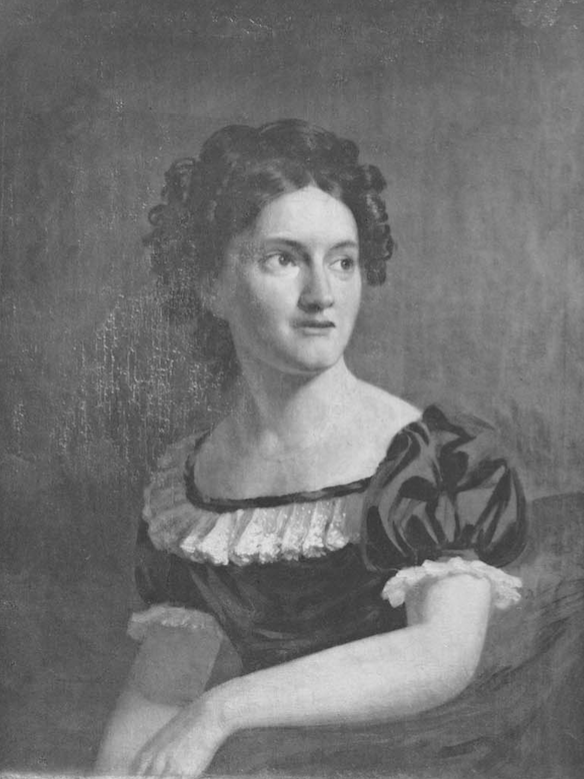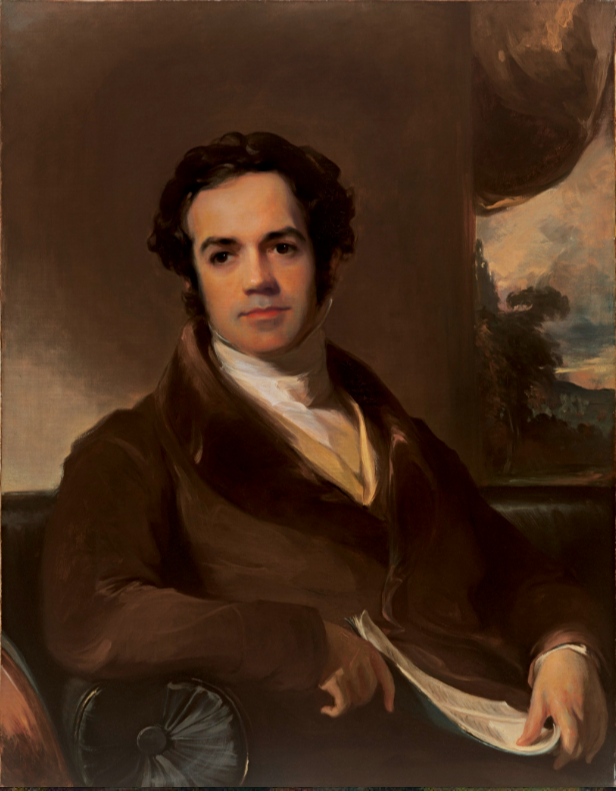Lydia Maria (Francis) Child was born in Medford, Massachusetts, in 1802. She published her first novel, Hobomok, in 1824, when she was 22 years old. By 1833, her writings had earned her a place in Boston’s literary circles. She was acclaimed by the eminent scholar George Ticknor, enjoyed a membership at the elite Boston Athenæum, and was the author of fifteen works.

Lydia Maria Francis, from a portrait by Francis Alexander, 1826. [Courtesy of the Massachusetts Historical Society.]

George Ticknor, 1831, Thomas Sully. [Courtesy of the Hood Museum, Dartmouth.]